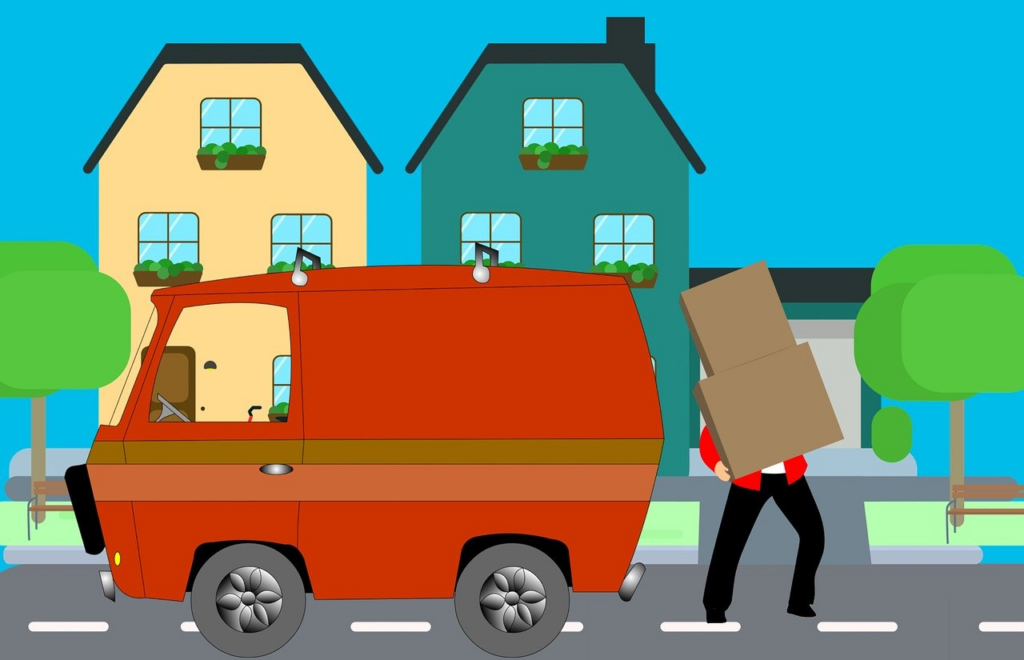
When it comes to shipping and logistics, choosing the right tendered to delivery service provider is crucial for businesses and individuals alike. The process of tendering to a delivery service provider plays a vital role in identifying the most suitable partner to handle shipping operations effectively.
In this comprehensive guide, we will delve into everything you need to know about tended to delivery service provider. We will explore the key considerations, steps, and factors that come into play when evaluating and selecting a delivery partner.
What is “tendered for delivery” ?

“tendered for delivery” typically refers to a situation where a package or shipment has been handed over to a carrier or shipping company for transportation and final delivery to its intended destination. It signifies that the sender or the party responsible for shipping has completed their part of the process and has entrusted the package to the carrier for further handling and delivery.
Once an item is tendered for delivery, the carrier assumes responsibility for transporting the package, ensuring its safe transit. Then delivering it to the recipient according to the agreed-upon terms and conditions. The carrier will usually provide tracking information that allows both the sender and the recipient to monitor the progress of the shipment until it reaches its destination.
The package delivery process

Its process involves the following four steps:
Package Pickup/Collection
This is the initial step where the carrier or shipping company collects the package from the sender’s location. It can involve dropping off the package at a designated collection point or scheduling a pickup service where the carrier comes to the sender’s address to retrieve the package.
Transportation
After the package is collected, it enters the transportation phase. The carrier transports the package through various modes such as trucks, airplanes, ships, or a combination of these, depending on the distance and destination. During transportation, the package may be transferred between different facilities or sorting centers to ensure it reaches the appropriate location.
Sorting and Processing
Upon reaching a sorting facility, the package undergoes sorting and processing. Here, the package is identified, sorted, and organized based on its destination. This may involve scanning barcodes or using automated systems to track and categorize packages efficiently. The sorting process ensures that the package is directed towards the correct transportation route for onward delivery.
Final Delivery
The last step is the final delivery of the package to the recipient’s address. The carrier or a local delivery agent takes the package from the sorting facility and delivers it to the recipient’s doorstep or designated delivery location. This step involves navigating through the local delivery network, adhering to delivery schedules, and obtaining the recipient’s signature or confirmation of receipt, depending on the service level and requirements.
Throughout these steps, tracking information is often provided to both the sender and recipient. In addition, It allows them to monitor the progress of the package and stay informed about estimated delivery dates and any potential delays or issues that may arise.
How to reduce the chances of getting a package “tendered for delivery”?
When a package is marked as “tendered for delivery,” it means that it has been handed over to the delivery service for final transportation to your address. While you can’t directly control the specific actions of the delivery service, there are some steps you can take to help reduce the chances of encountering issues with your package.
Here are some tips to reduce the chances of getting a package “tendered for delivery”
Provide accurate and complete address information
Double-check the address you provide when placing an order to ensure it is correct and up to date. Include any relevant details such as apartment numbers or building codes. Providing accurate address information helps prevent misdeliveries.
Use a reliable shipping method
If possible, choose a shipping method that offers tracking and insurance for your package. This allows you to monitor its progress and provides some level of protection in case of loss or damage.
Opt for signature confirmation
Some shipping services offer signature confirmation upon delivery. This ensures that someone at your address signs for the package, reducing the risk of it being left unattended or delivered to the wrong location.
Consider package redirection or hold options
If you know you won’t be available to receive the package, you can request a package hold at the carrier’s local facility for pickup at a convenient time. Alternatively, some carriers provide options for package redirection to an alternative address. Such as your workplace or a neighbor who is available to receive it.
Provide delivery instructions
Some delivery services allow you to leave specific instructions for the driver. For example, you can request that the package be left in a specific location, such as a porch or with a neighbor. Be cautious with this option, as it may increase the risk of theft or damage.
Communicate with the seller or retailer
If you have concerns about the delivery, reach out to the seller or retailer. They may be able to provide additional assistance, such as contacting the carrier or providing more detailed tracking information.
Stay informed through tracking
Keep an eye on the tracking information provided by the carrier. Regularly check the status of your package to ensure it is progressing as expected. If you notice any unexpected delays or issues, contact the carrier for clarification.
In conclusion, understanding the process of tendering to a delivery service provider is essential for businesses and individuals looking to optimize their shipping and logistics operations.